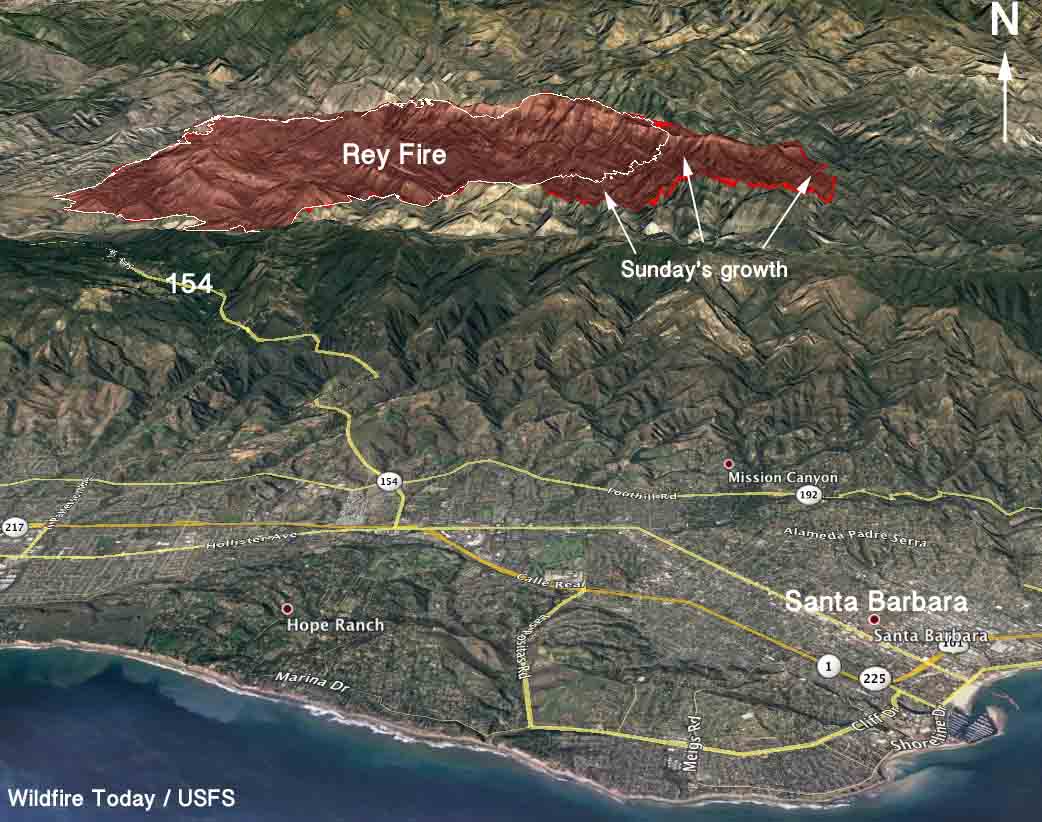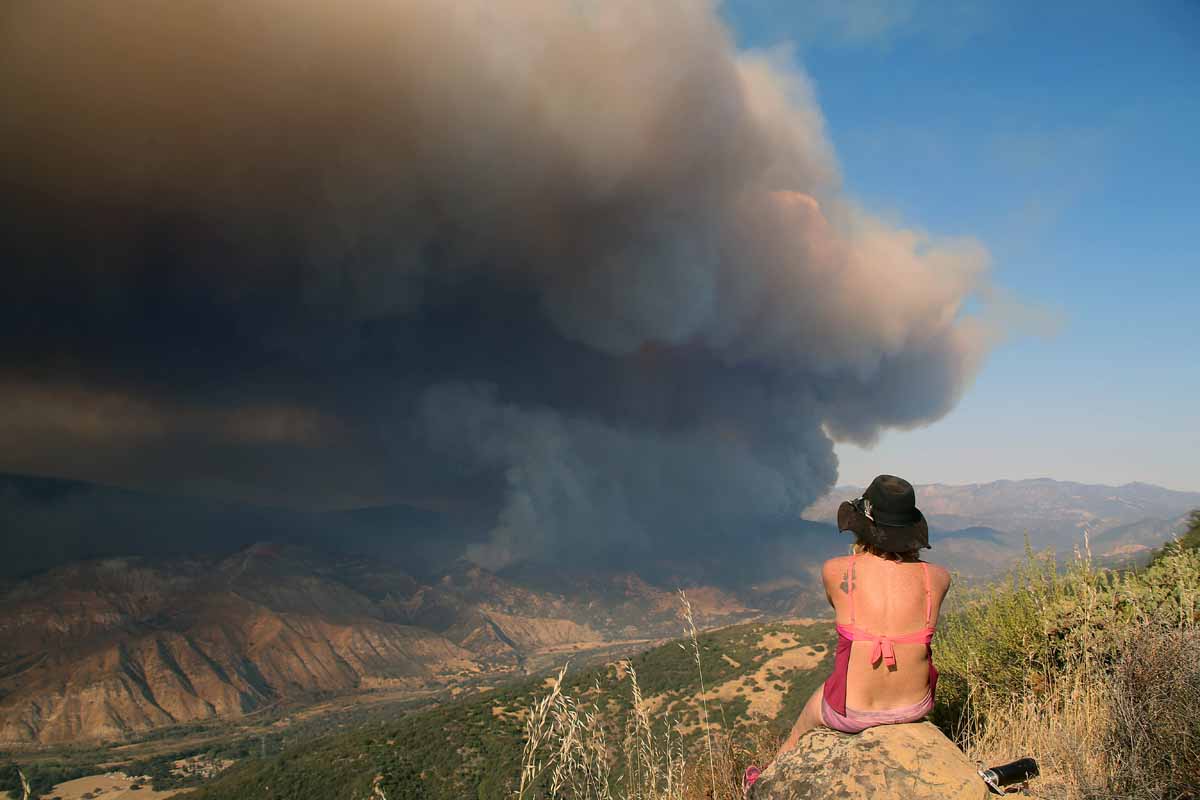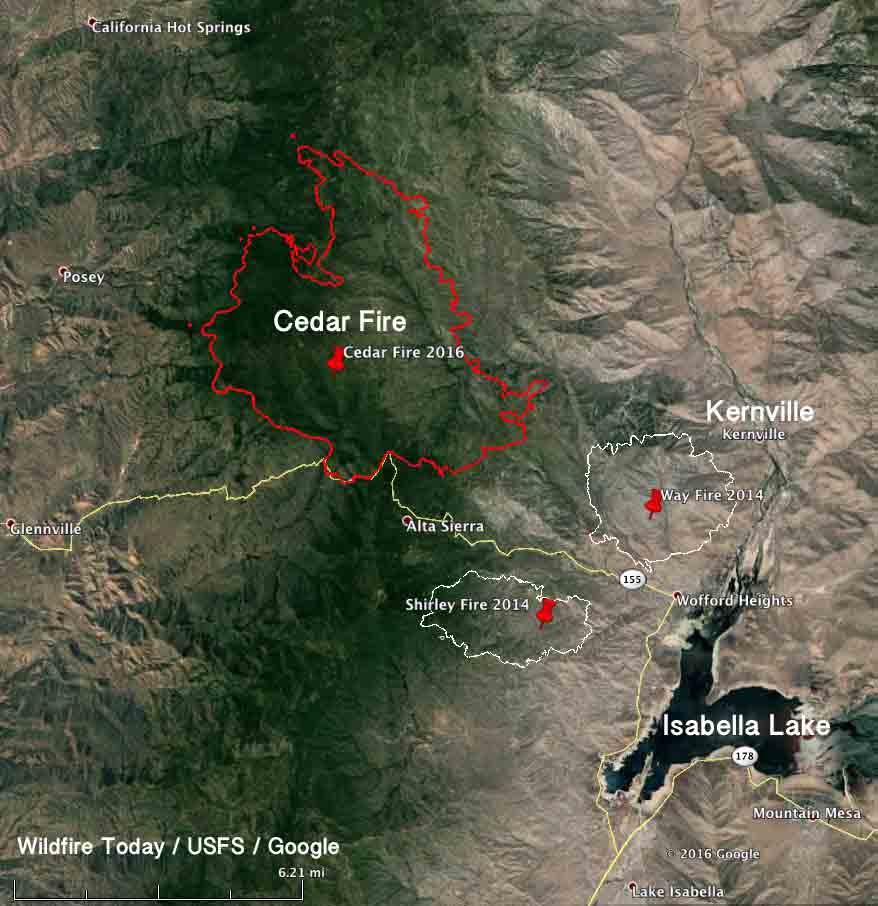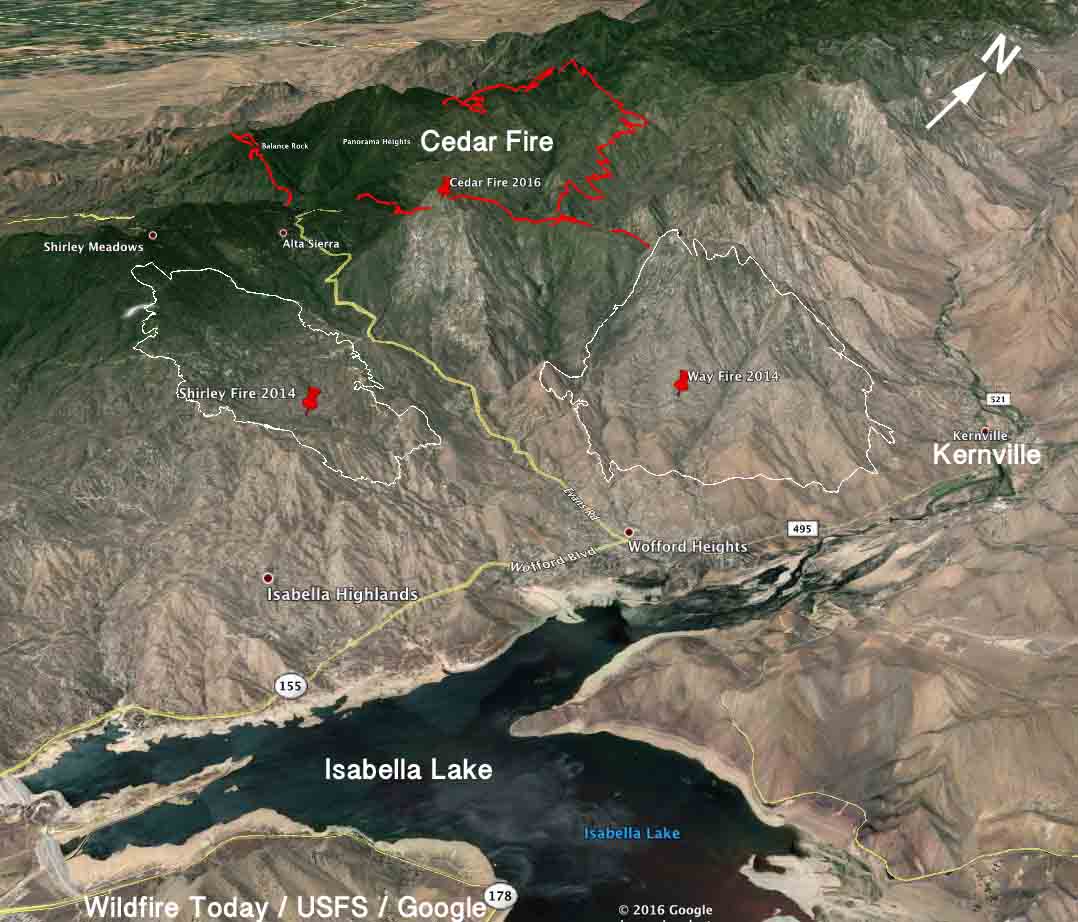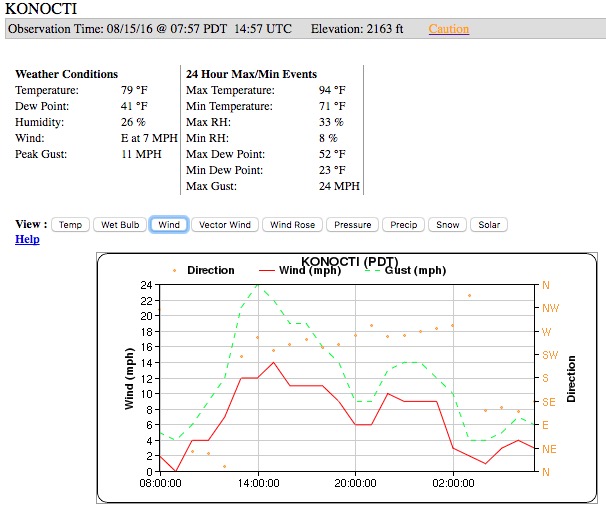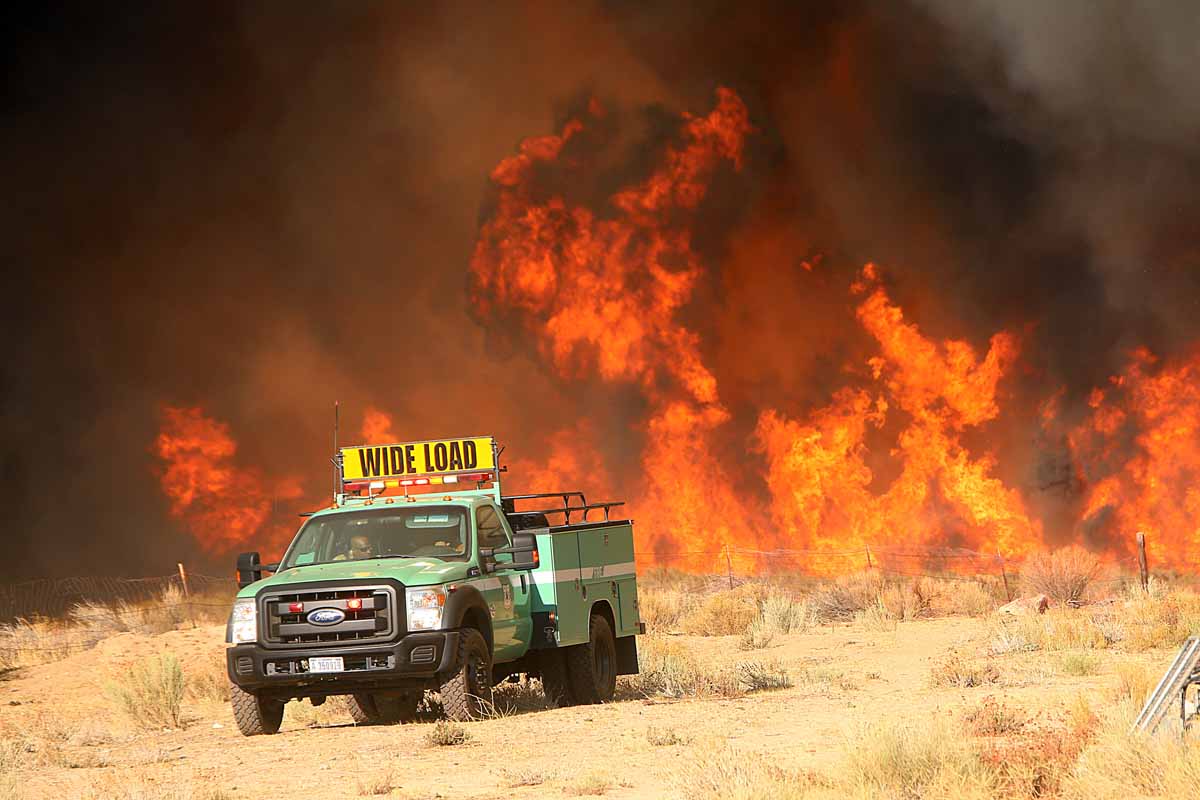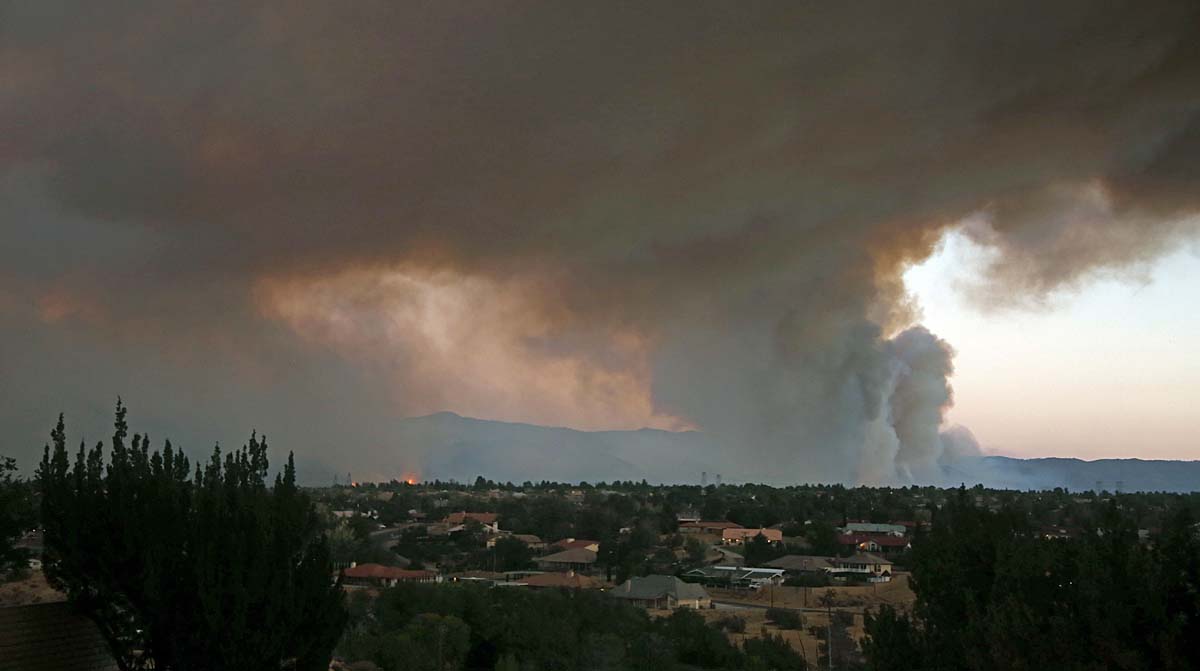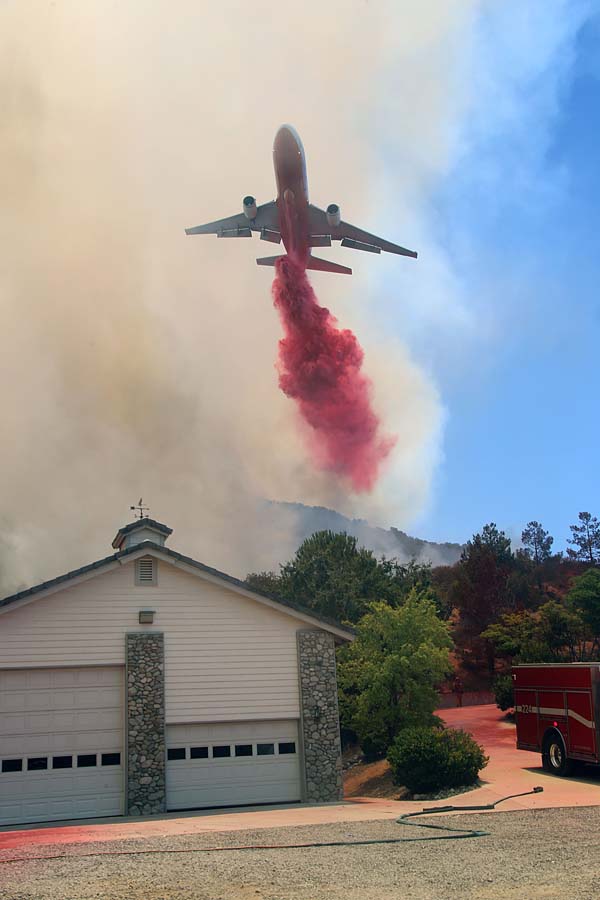The fire is burning near the scars from three very large fires from 2015
(UPDATED at 7:35 p.m. PDT August 16, 2016)
The Clayton Fire grew by 67 acres on Monday, but it was on the northeast side near the footprint of last year’s Rocky Fire. This brings the size of the burned area up to 3,945 acres.
****
(UPDATED at 8:40 p.m. PDT August 15, 2016)
CAL FIRE is now reporting that the size of the Clayton Fire at Lower Lake, California is estimated at 4,000 acres. There has been no change in the number of structures burned.
A man has been arrested for starting the Clayton Fire and numerous others. Below is an excerpt from an article in The San Francisco Chronicle:
County officials arrested a 40-year-old Clear Lake man Monday on 17 counts of arson related to numerous fires set over the last year, including the 4,000-acre Clayton Fire that has so far claimed 175 buildings and displaced hundreds of people.
Lake County Sheriff Brian Martin and Cal Fire Chief Ken Pimlott announced the arrest of Damin Pashilk at a community meeting packed with evacuees at a casino doubling as a Red Cross shelter south of the blaze. Residents gasped at the announcement.
“All 17 counts resulted from a very extensive investigation of numerous fire starts over the last year,” Pimlott said.
****
(UPDATED at 9:03 a.m. PDT August 15, 2016)
CAL FIRE public information officer Daniel Berlant reported at 9 a.m. on Monday that the Clayton Fire has burned approximately 175 structures.
****
(UPDATED at 7:33 a.m. PDT August 15, 2016)
The Clayton Fire burned into the community of Lower Lake, California Sunday afternoon preceded by spot fires started from the burning embers the wind threw out ahead of the blaze igniting many homes and businesses.
At 6:45 a.m. on Monday CAL FIRE estimated that “100+” structures and 3,000 acres have burned.
The fire started Saturday and had died down Sunday morning, but strong erratic winds developed that pushed the fire very rapidly to the north into Lower Lake.
The fire occurred in an area that experienced three large fires in 2015, the Valley, Rocky, and Jerusalem Fires which together burned approximately 159,000 acres.
The Twitter images below are from Sunday afternoon.
****
Originally published at 8:32 p.m. PDT August 14, 2016 Updated at 10:06 p.m. PDT August 14.).
CAL FIRE reports that as of 8 p.m. on Sunday the Clayton Fire has burned 10 structures, including at least 4 residences, near Lower Lake, California, just southeast of Clearlake and 31 air miles northeast of Santa Rosa.
Based on reports from other sources, the actual number of structures destroyed is likely to rise.
After the fire started at 6 p.m. on Saturday, August 13, it burned aggressively north, crossing Morgan Valley Road and Cache Creek, impacting the communities of Lower Lake and Clearlake. St. Helena Hospital in Clearlake has been evacuated. Additional structures are threatened and mandatory evacuations are in place.
Continue reading “Clayton Fire burns more than 175 structures near Lower Lake, California”
